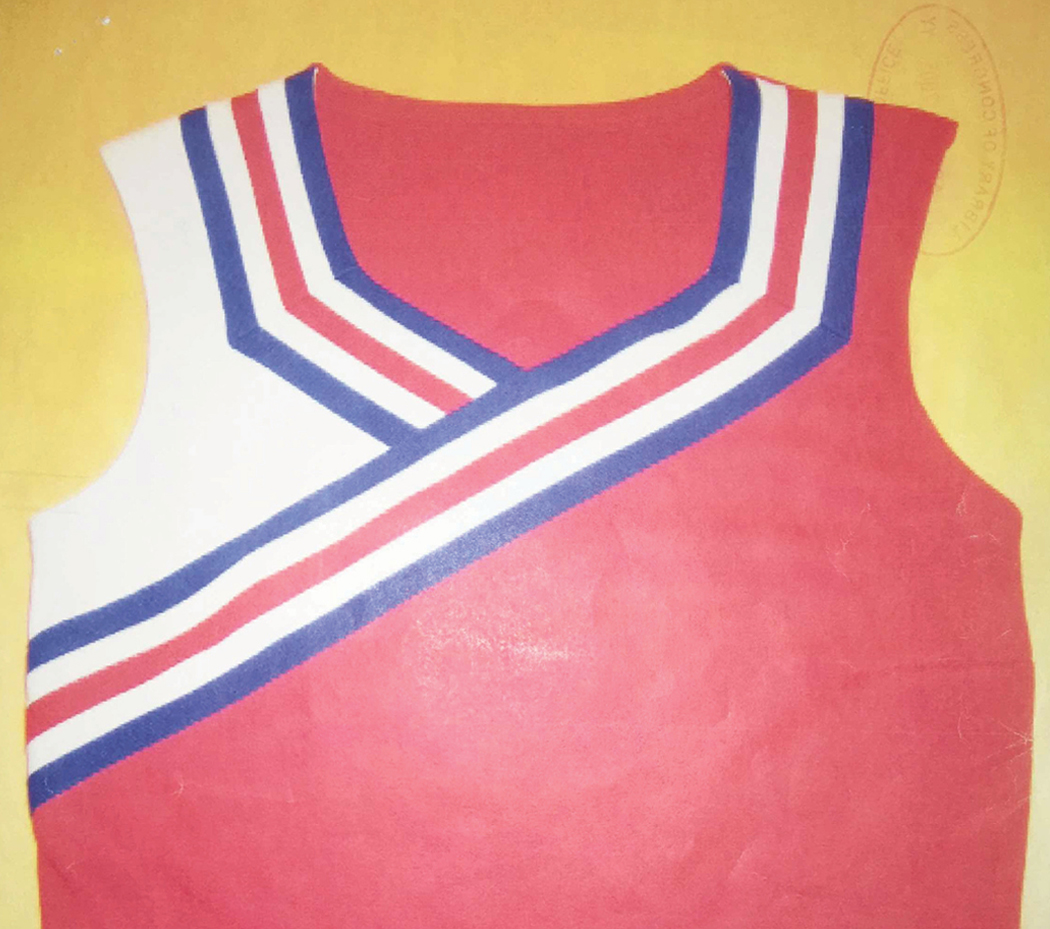The Evolution of Copyright Law
Copyright has evolved since the first federal copyright law that protected just books, charts, and maps. Over time, the law has expanded to include broad categories encompassing a wide range of works, such as literary works, music and sound recordings, dramatic works, choreography and pantomimes, visual art works, audiovisual works, and architectural works.
Owners of these works generally have exclusive rights to reproduce, distribute, create derivative works, and publicly perform and display their works. This helps owners protect and make a living from their works.
But copyright is for the benefit of everyone, and so the law also considers the interests of copyright users by providing certain exceptions and limitations to the owner’s exclusive rights. Fair use, the first sale doctrine, exceptions for libraries and other specific types of uses, and statutory licensing, among others, allow works to be used in ways that achieve the overall goals of the copyright system.
Rights, exceptions, and limitations have also evolved, shaped by Congress and courts, often on the advice of the Copyright Office and while balancing the interests of creators and users.
Learn More
- Copyright Lore: Music of New Nation Registered Decades Before Law Protected Music
- Copyright Lore on 1802 amendment to copyright law
- Copyright Lore: First General Revision Gave Copyright to Musical Compositions and Extended Term
- Copyright Lore on 1870 second general revision of U.S. copyright law
- Copyright Lore: 1909 Copyright Law Revision Enacted in Haste
- Copyright Lore: Hearings, Hearings, and More Hearings Pay Off with General Revision of Copyright Law

Supreme Court Holds Photographs Protected by Copyright
As noted, copyright protects a wide variety of works, but this wasn’t always the case. As new works developed, both Congress and the courts grappled with how to apply the law. One example of this is photography.
Napoleon Sarony, a photographer of theatrical stars, took this photograph of Irish author Oscar Wilde in 1882. When Burrow-Giles Lithographic Co. made 85,000 unauthorized prints of the image, Sarony sued for infringement.
Despite an 1865 amendment to copyright law extending protection to photographs, the company argued that photographs were merely mechanical products and not original works of authorship. The Supreme Court disagreed, finding that photographs are “writings” as the term is used in the Constitution’s copyright clause and that Sarony’s photograph embodied creative expression.
Learn More
- Copyright Lore: Lincoln Authorized 1865 Copyright Legislation
- Photographs Registration page
- Circular 42: Copyright Registration for Photographs
Related Exhibit Artifacts
- Napoleon Sarony. Application for registration of copyright, 1882. U.S. Copyright Office, Library of Congress
- Napoleon Sarony. Application for registration of copyright, 1882. U.S. Copyright Office, Library of Congress

Supreme Court Holds Copyright Law Protects the Design Aspects of a Useful Article
Useful articles are objects that have an intrinsic utilitarian function that is not merely to portray the appearance of the article or to convey information. Examples include mugs, t-shirts, and furniture. Copyright law doesn’t protect useful articles as such, but it does cover “separable” copyrightable authorship. One question that has persisted through the years is what it means to be “separable.”
The Supreme Court has addressed this issue on more than one occasion. These drawings for a cheerleading uniform were center stage at the Supreme Court case, Star Athletica, LLC v. Varsity Brands, Inc. The case answered the question of when the artistic feature of a useful article can be eligible for copyright protection.
The court held that copyright protects artistic features that can be identified and can exist separately from a useful article. The court also articulated a test for determining when a pictorial, graphic, or sculptural feature is separable from the useful article, noting that the artistic design is eligible for protection if (1) it can be perceived as a two- or three-dimensional work of art separate from the useful article and (2) it would qualify as a protectable pictorial, graphic, or sculptural work, either on its own or fixed in another medium, if it were imagined separately from the useful article. The Copyright Office, in examining works, uses this test to determine if the design of a useful article may be eligible for copyright registration.
The court’s decision in Star Athletica highlights just one of the many ways federal courts have shaped copyright law.
Learn More
- Creativity at Work blog post: U.S. Supreme Court Clarifies Separability Analysis in its Ruling on Star Athletica, LLC v. Varsity Brands, Inc.
- Creativity at Work blog post: Historic Court Cases that Helped Shape Scope of Copyright Protections
- Copyright Lore: 19th-Century Infringement Ruling Shapes Copyright Law
- Chapter 900 of the Compendium of U.S. Copyright Office Practices
How Has U.S. Copyright Law Evolved?
Over time, U.S. copyright statutes have evolved to include a wider range of works, new exclusive rights, and specific exceptions and limitations.
Works
1790
Books
Charts
Maps
1802
Historical and Other Prints
1831
Musical Compositions
1856
Dramatic Works
1865
Photographs and Photographic Negatives
1870
Visual Art Works
1891
Foreign Works
1909
Certain Classes of Unpublished Works
1912
Motion Pictures
1972
Sound Recordings
1978
Choreography and Pantomime
All Unpublished Works
1980
Computer Programs
1990
Architectural Works
Rights, Exceptions, and Limitations
1790
Rights to Reproduce and Distribute Copies
1856
Right to Public Performance for Dramatic Works
1870
Right to Create Derivative Works
1897
Right to Public Performance for Musical Compositions
1909
Compulsory Mechanical License
1953
Right to Publicly Perform Nondramatic Literary Works
1978
Right to Publicly Display a Work
Fair Use*
First Sale Doctrine*
Libraries and Archives Exceptions
Exceptions
Statutory Licensing for Cable and Satellite
1995
Right to Perform a Sound Recording by Means of Digital Audio
2002
Distance Education Exceptions
Charts
Maps
All Unpublished Works
Fair Use*
First Sale Doctrine*
Libraries and Archives Exceptions
Exceptions
Statutory Licensing for Cable and Satellite
* Before Congress codified fair use and first sale in the Copyright Act of 1976, courts used those doctrines under common law.
For details, check out our Copyright Timeline.
